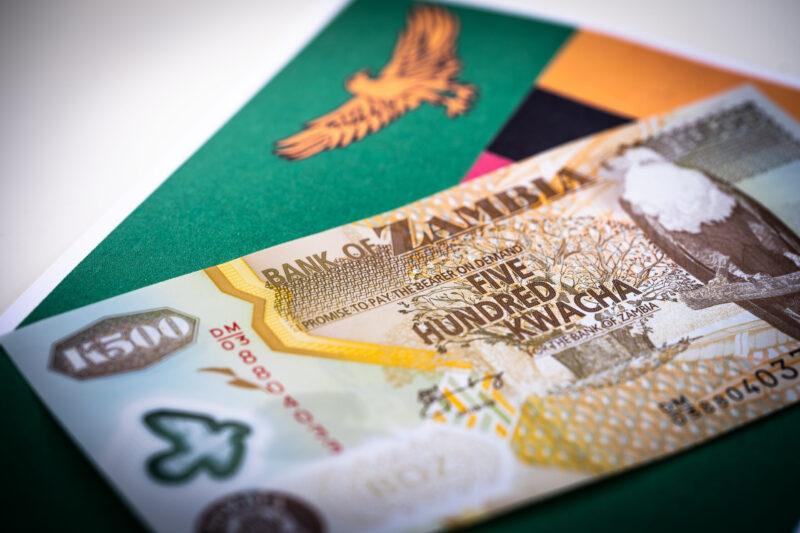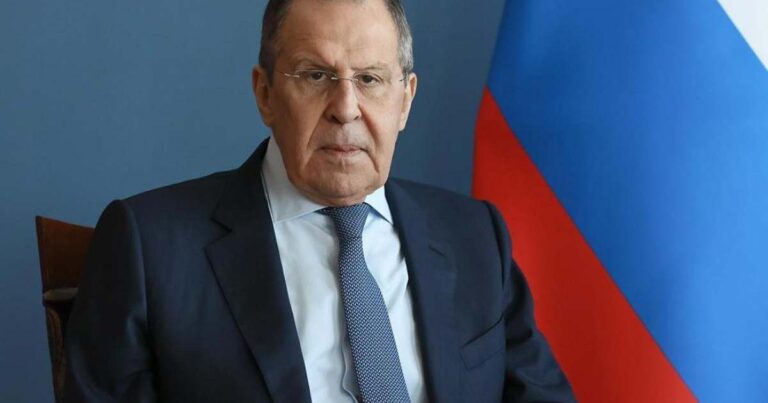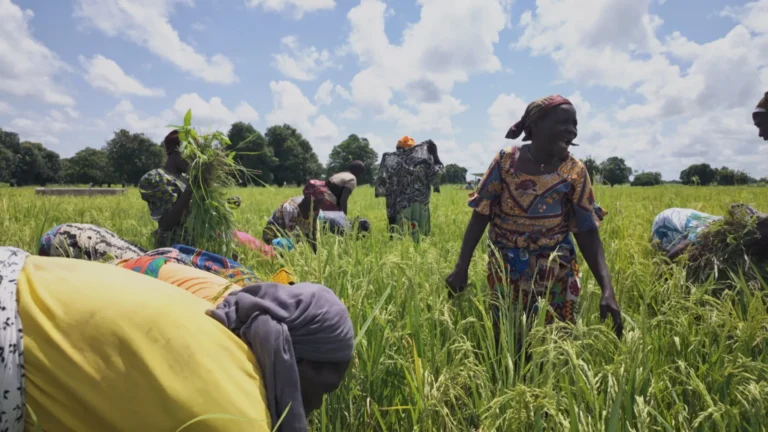
Zimbabwe is poised for a significant economic rebound in 2025, with the International Monetary Fund (IMF) forecasting a 6% growth rate—marking a sharp recovery from last year’s drought-driven downturn.
The outlook follows an IMF Article IV consultation mission to Harare, which highlighted restored macroeconomic stability, rising global gold prices, and disciplined fiscal and monetary policies as key drivers of the projected expansion.
“In the first half of 2025, more favorable weather conditions and record gold prices boosted the agricultural and mining sectors, strengthening the current account and supporting the recovery, with growth expected at 6 percent,” said Wojciech Maliszewski, head of the IMF mission to Zimbabwe.
The 2024 economic contraction—driven by a 15% decline in agricultural output, power shortages, and falling global prices for platinum and lithium—dealt a significant blow to Zimbabwe’s economy.
But the IMF has now welcomed a suite of policy reforms undertaken by the Zimbabwean authorities.
These include the cessation of quasi-fiscal activities by the Reserve Bank of Zimbabwe, the stabilization of the country’s new gold-backed currency, the Zimbabwe Gold (ZiG), and the containment of inflation. Between February and May 2025, inflation has averaged just 0.5% per month, a notable turnaround from previous years of hyperinflation.
The IMF also recognized progress on the fiscal front.
Tax revenue collection has improved, and public financial management has become more disciplined.
However, it warned that fiscal pressures persist, especially due to increasing public sector wages, debt servicing obligations, and ongoing capital investment needs.
To safeguard the recovery, the IMF has recommended continued reforms, including the elimination of monetary financing of deficits, strengthening public finance governance, and enhancing transparency in the management of state-owned enterprises and the Mutapa sovereign wealth fund.
The Fund also welcomed Zimbabwe’s declared intention to transition to a single currency by 2030.
It called for greater clarity on the timeline and mechanisms for the shift, urging authorities to fortify the monetary and exchange rate framework.
Zimbabwe currently operates under a multi-currency regime, with the US dollar, South African rand, and other foreign currencies in circulation alongside the local dollar.
Despite the positive outlook and ongoing technical support, the IMF reaffirmed that it cannot extend financial assistance to Zimbabwe due to the country’s unsustainable external debt and outstanding arrears.
It emphasized that debt restructuring and full international reengagement remain crucial to restoring access to concessional financing.
As global markets keep a close watch on Zimbabwe’s reform trajectory, the IMF’s optimistic forecast signals cautious optimism for a nation long marred by economic volatility.



